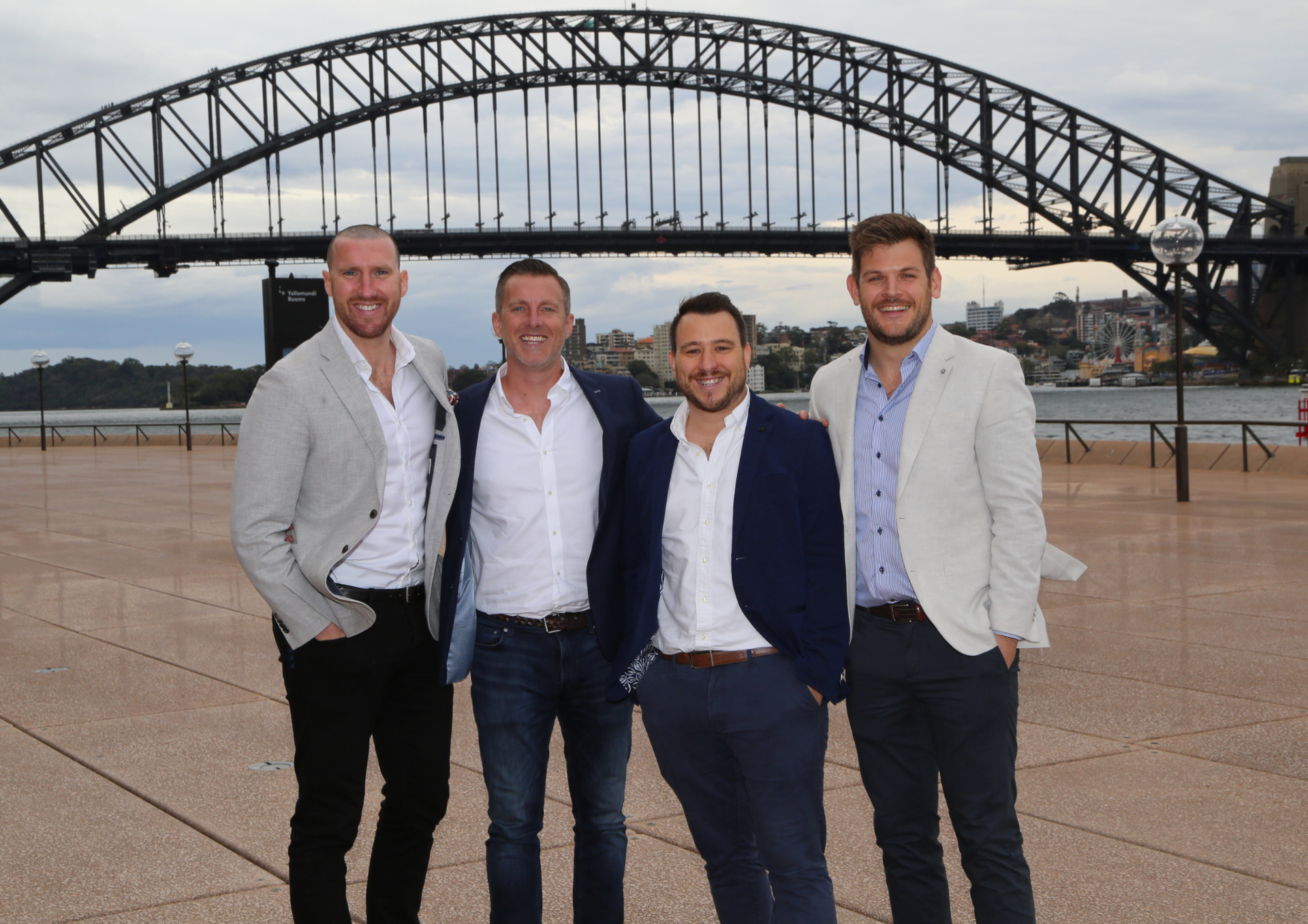How to create a standout candidate experience that secures top talent
If we asked you to recall your most memorable candidate experiences throughout your career, well, you might be lucky to recall one. For reasons unknown, standout candidate experiences are few and far between. So, when we get a good one?
By golly, do we remember.
In a candidate-centric talent market, your candidate experience will be the difference between you securing quality talent or not. So, get set to woo.
In this post, we’ll share 10 best practices so you can create a standout candidate experience that makes loyal brand fans.
How to create a standout candidate experience at each touchpoint
A memorable candidate experience requires you to think about every single step of your candidate journey – from pre-application awareness to onboarding. So, if you haven’t already, you’ll need to map this out before we begin.
Check out our guide: How to map out (and improve!) your candidate journey.
Once you have a clear idea of how things work and what needs to be improved, you can explore these best practices.
Phase 1: Pre-application
The pre-application phase in your candidate journey covers where and how they discover and interact with your brand and/or opportunities. Here are three touchpoints to focus on:
Helpful careers page content
More and more (and more), candidates are valuing the workplace culture and benefits as much, or more than, salary and remuneration. A strong and effective careers page will clearly communicate your values, what it’s like to work there, and who your people are, helping candidates to visualise whether you’re a good fit.
Opportunities to stand out:
- Leverage your brand ambassadors by sharing real employee stories and testimonials that communicate your core EVP pillars and diversity.
Consistent social media presence
With much thanks to social media, these days, companies only have one brand for all audiences: consumer brand, corporate brand, employer brand. Make sure your social media profiles tell a consistent brand story that aligns with your careers content and website.
Opportunities to stand out:
2. Embrace employee takeovers and realistic role previews.
Transparent, appealing job ads
Most job ads are a cut and paste of the broader job description – a compliance document, not a compelling piece of persuasive copy! They’re also often vague and generic making it difficult for candidates to find their fit.
Opportunities to stand out:
3. Write job ad copy that grabs the attention of suitable candidates and repels those who aren’t. Communicate your brand’s personality and values, and with honesty and transparency, give candidates the information they need to
make an informed decision to apply.
Phase 2: Application
From your application form to job offers and rejections, here are three touchpoints to focus on:
Short application forms
One of the biggest sources of friction when applying for roles is when companies ask candidates to upload their CV and then also ask them to fill out the same information from their CV into a form! This duplication of information can cause high dropout rates.
Opportunities to stand out:
4. Streamline your application process. Only ask for what you need.
Straightforward shortlisting processes
A company’s shortlisting process may be a simple 2-step application form and interview set-up, or, in the case of volume recruitment campaigns, it could also include psychometric testing, phone and video interviews, recruiter phone interviews, skill tests, and multiple rounds of interviews all the way up to the CEO. What often doesn’t work is when candidates are left in the dark about the length and intensity of a process before applying.
Opportunities to stand out:
5. Be clear with candidates about what they can expect. That may look like sharing a helpful diagram on your career
site before they apply, and clearly and transparently communicating what candidates can expect as you guide
them through each stage.
Timely communication
Consider that, the leading cause (42%) of a negative candidate experience is the lack of response from an employer / recruiter. Whereas on the other hand, the leading reason (58%) for a positive candidate experience is great communication. (source: Jobvite)
Opportunities to stand out:
6. Provide a timely email response to all applicants whether successful or not (that is, not three months after the
new hire’s successful appointment!).
7. Provide timely, constructive feedback to all interviewed applicants. They’ll be waiting to hear from you soon
after interviews, so be respectful of their time and contribution to your process.
8. Map your recruitment milestones and share timely employer-branded information and recruitment tips that educate and nurture candidates through your process, ensuring they present the best version of themselves at each stage.
Phase 3: Post-application
How you handle people who didn’t get the job says as much about you as how you handle the people who did. Two touchpoints to focus on:
Nurturing talent relationships
How are you managing your silver medallists? These are the candidates who have expressed a strong desire to work for your company (they’ve completed a recruitment process!), and who you’ve already assessed for brand-fit to an extent. Make the most of these talent relationships and keep them connected and engaged.
Opportunities to stand out:
9. Invite unsuccessful candidates to join your talent pool and share relevant industry and company news,
general application tips and advice, employee stories, and relevant vacancies on a semi-regular basis. Your talent
pool could be on a dedicated platform (e.g., LiveHire), email list, or Slack channel.
Engaging onboarding
The final step in your candidate’s journey is onboarding. Are you delivering on the promises and brand experiences you set during the hiring process? Don’t let your high standards slip at this crucial stage!
Opportunities to stand out:
10. Design a structured on-brand preboarding/onboarding process to help your new hire get up to speed quickly
and engaged with their new role for the first 30, 60, 90 days.
Remember to measure what matters
With all this hard work to improve your candidate experience, make sure you collect and measure feedback to track your success. Identify data points at each touchpoint that will show whether you’ve created a standout candidate experience or if there’s still room to improve (there’s always room to improve).
If you’ve moved through this list and feel like a giant light bulb has just been lit above your head, you’ve probably got a lot of work to do. The good news is you now have plenty of opportunities to create a standout candidate experience that crushes your competition.


Recruitment International Awards’ The Rising Star’ award winner 2018, 2019 & 2020 & Best Large Recruitment Agency 2021

The Global Recruiter Asia Pacific Awards Best Newcomer Award Winner 2019

Quicklinks
Disciplines
Get in Touch
Sydney: Level 7/10 Spring St, Sydney NSW 2000
Brisbane: 40 Creek Street, Brisbane City QLD 4000
Melbourne: Level 7, 222 Exhibition Street, Melbourne VIC 3000
© Talenza Pty Limited. All rights are reserved.




